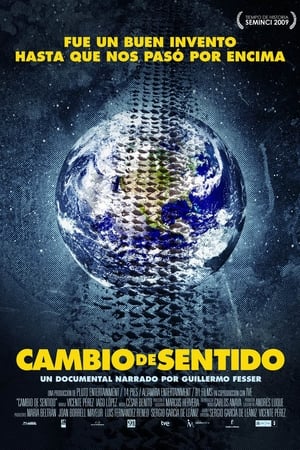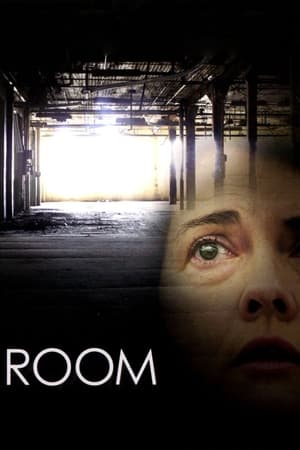

Marginal(2016)

Movie: Marginal

Marginal
HomePage
Overview
Release Date
2016-09-22
Average
0
Rating:
0.0 startsTagline
Genres
Languages:
PortuguêsKeywords
Similar Movies
A New Environment Heinrich Klotz on Architecture and New Media(de)
The old world is gone. Our landscape bears scars. Entire cities have been levelled. Is it possible to regenerate the city without covering over the warnings of war’s aggressions? Or can these ruins provide a unique chance to reinvent the city thoroughly? The art historian Heinrich Klotz took precisely these questions, concerning the reconstruction of Germany’s historical districts after World War II, as the departure point of his practice.
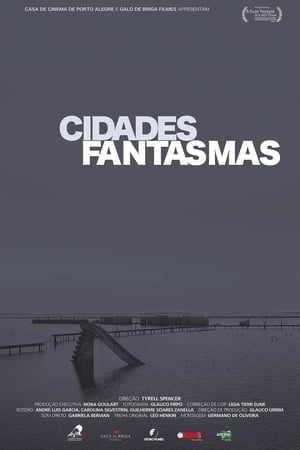 6.0
6.0Cidades Fantasmas(pt)
In Humberstone (Chile), little was left of the saltpeter's prosperity. Near the old Fordlandia (PA), squatter houses are the last signs of the city built by Henry Ford. Armero (Colombia), had its population wiped out by the eruption of the Nevado del Ruiz volcano in 1985. Twenty-five years after a flood, ruins of Villa Epecuén (Argentina) expose the remains of the old water station.
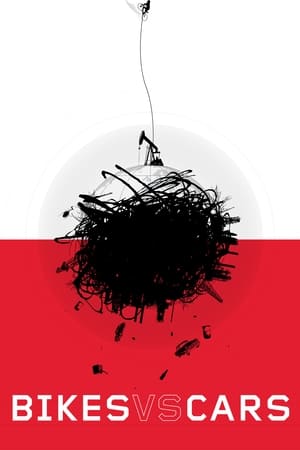 6.8
6.8Bikes vs Cars(en)
Bikes vs Cars depicts a global crisis that we all deep down know we need to talk about: Climate, earth's resources, cities where the entire surface is consumed by the car. An ever-growing, dirty, noisy traffic chaos. The bike is a great tool for change, but the powerful interests who gain from the private car invest billions each year on lobbying and advertising to protect their business. In the film we meet activists and thinkers who are fighting for better cities, who refuse to stop riding despite the increasing number killed in traffic.
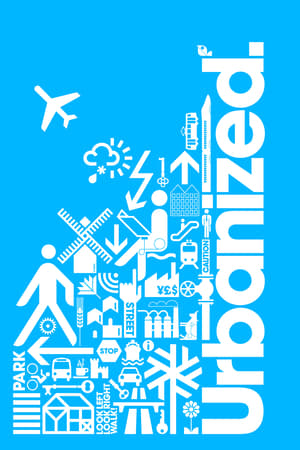 7.3
7.3Urbanized(en)
A documentary about the design of cities, which looks at the issues and strategies behind urban design and features some of the world's foremost architects, planners, policymakers, builders, and thinkers.
 7.6
7.6Bill Cunningham New York(en)
Doubling as a cartography of the ever-changing city, Bill Cunningham New York portrays the secluded pioneer of street fashion with grace and heart.
 0.0
0.0Oyler(en)
A Cincinnati public school fights to break the cycle of poverty in its Urban Appalachian neighborhood, where senior Raven Gribbins aims to become the first in her troubled family to graduate and go to college. When Principal Craig Hockenberry's job is threatened, it becomes clear it's a make-or-break year for both of them.
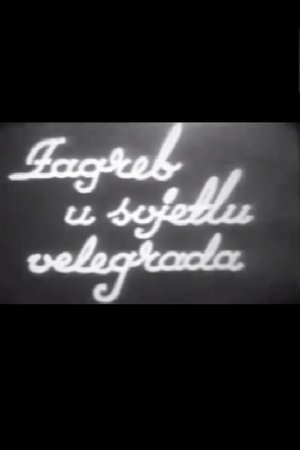 0.0
0.0Zagreb in a Metropolitan Light(xx)
A documentary about Croatia's capital aspirations of becoming metropolis. Camera follows everyday life of random city-goers. Title cards bring interesting plot twists, indeed making this film a mockumentary. One of the earliest preserved pieces of cinema in Croatia.
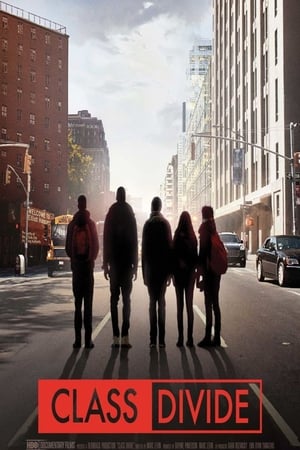 5.9
5.9Class Divide(en)
A look at NYC’s gentrification and growing inequality in a microcosm, Class Divide explores two distinct worlds that share the same Chelsea intersection – 10th Avenue and 26th Street. On one side of the avenue, the Chelsea-Elliot Houses have provided low-income public housing to residents for decades. Their neighbor across the avenue since 2012 is Avenues: The World School, a costly private school. What happens when kids from both of these worlds attempt to cross the divide?
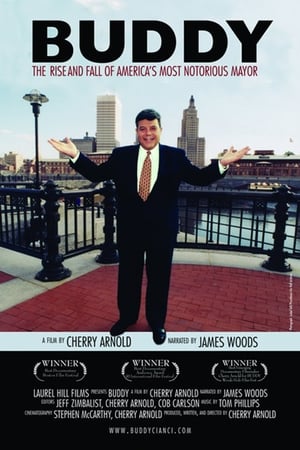 0.0
0.0Buddy(en)
The story of the often contradictory and always audacious public figure, Vincent A. "Buddy" Cianci, the former Mayor of Providence, RI. The film tracks Cianci's entanglements with city council opposition, union skirmishes, personal scandals, and criminal indictments. The result is a fascinating study of American local politics and a surprising tale of a man who, in the words of one commentator, "has a city as his mistress."
 7.3
7.3¡Vivan las Antipodas!(es)
What would be the shortest route between Entre Rios in Argentina and the Chinese metropolis Shanghai? Simply a straight line through the center of the earth, since the two places are antipodes: they are located diametrically opposite to each other on the earth's surface. During his visits to four such antipodal pairs, the award-winning documentary filmmaker Victor Kossakovsky captured images that turn our view of the world upside down.
 6.4
6.4All These Sleepless Nights(pl)
What does it mean to be awake in a world that seems satisfied to be asleep? Kris and Michal push their experiences of life and love to a breaking point as they restlessly roam the city streets in search of answers, adrift in the euphoria and uncertainty of youth.
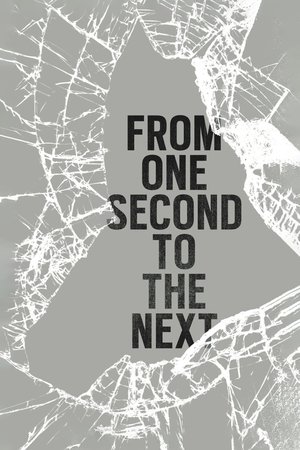 7.0
7.0From One Second to the Next(en)
Stories of serious traffic accidents caused by texting and driving are told by the perpetrators and surviving victims.
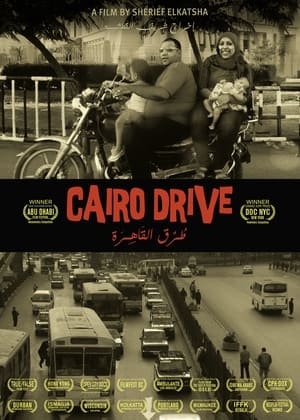 8.0
8.0Cairo Drive(ar)
A documentary that explores the life of one of the world's most populated cities from its streets. Shot in 2009-2012 (before and during the Egyptian revolution, and ending with the most recent presidential elections), the film explores the country's collective identity, inherent struggles, and the sentiments that lead through the historic changes taking place in Egypt today. For his third documentary, Egyptian/ American filmmaker Sherief Elkatsha rides through the congested streets alongside a diverse cast of characters-from taxi drivers to ambulances, from traffic cops to private citizens-capturing the unspoken codes of conduct, frustrations, humor, fatalism, and life-or-death decisions of driving in a city where the only rule is: there are no rules.
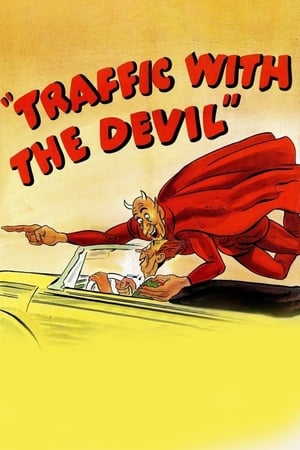 6.3
6.3Traffic with the Devil(en)
This "Theater of Life" series short looks at traffic problems in Los Angeles, California, as described and experienced by Sgt. Charles Reineke, a traffic enforcement officer with the Los Angeles Police Department.
Rotterdam 2040(en)
Rotterdam 2040 is a film about the city’s future, departing from the principle of Gyz La Rivière that you can’t look ahead without considering your past (something that hasn’t always been Rotterdam’s strongest feature). At high speed, La Rivière reconstructs the history of Rotterdam from the time before the bombings until now, and expands the developments to the year 2040 (100 years after the bombing and the 700th anniversary of the city). La Rivière made a specific choice to expose his personal vision, which is sometimes radical or a little absurd. So no experts and no talking heads, but an assault of old and new imagery, held together by La Rivière as the narrator of the film. Although Rotterdam 2040 deals with architecture and urban renewal, it is actually a film about people. The subjective experience of the city by its (future) occupants mainly determines the parade of architectural blunders and suggestions for the future. All tongue-in-cheek of course.
Næste Gang er det dig(da)
The cause of the traffic accident should not be sought at the time of the accident itself, but long before. The motorist who has been drinking a little. The cyclist who is busy and the motorcyclist who drives correctly but still falls victim to an accident due to the ruthlessness of others.
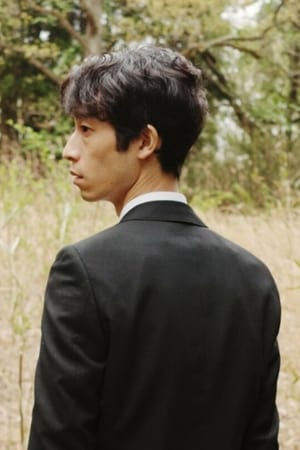 0.0
0.0Moving City(ja)
A city person discovers twelve paths with a different sense of time. What makes us come alive? Will we go on the same way?
Hidden Cities(de)
"The theme of the film HIDDEN CITIES is personal urban perceptions, which we call 'the city'. The city, as a living organism, reflecting social processes and interactions, economic relations, political conditions and private matters. In the city, human memories, desires and tragedies find expression in the form of designations and marks engraved in house walls and paving slabs. But what the city really is under this thick layer of signs, what it contains or conceals, is what we are researching in the HIDDEN CITIES project. The source material for the film are 9 sequential photo works created by Gusztáv Hámos between 1975 and 2010. Each of these 'city perceptions' depicts essential situations of urban experiences containing human and inhuman acts in a compact form. The cities in which the photo sequences have been made are Berlin, Budapest and New York – places with a traumatised past: Wars, dictatorships, terrorist catastrophes."
